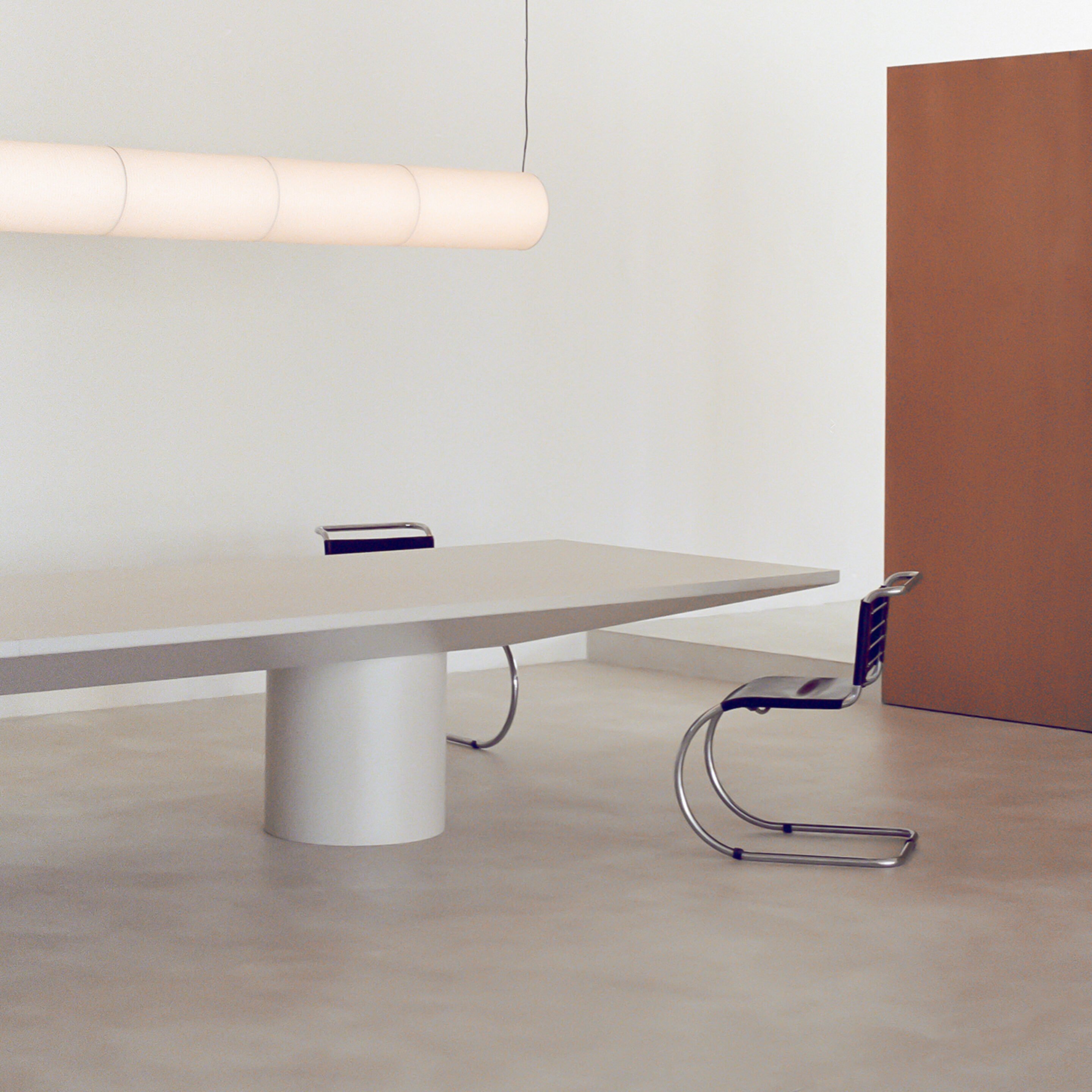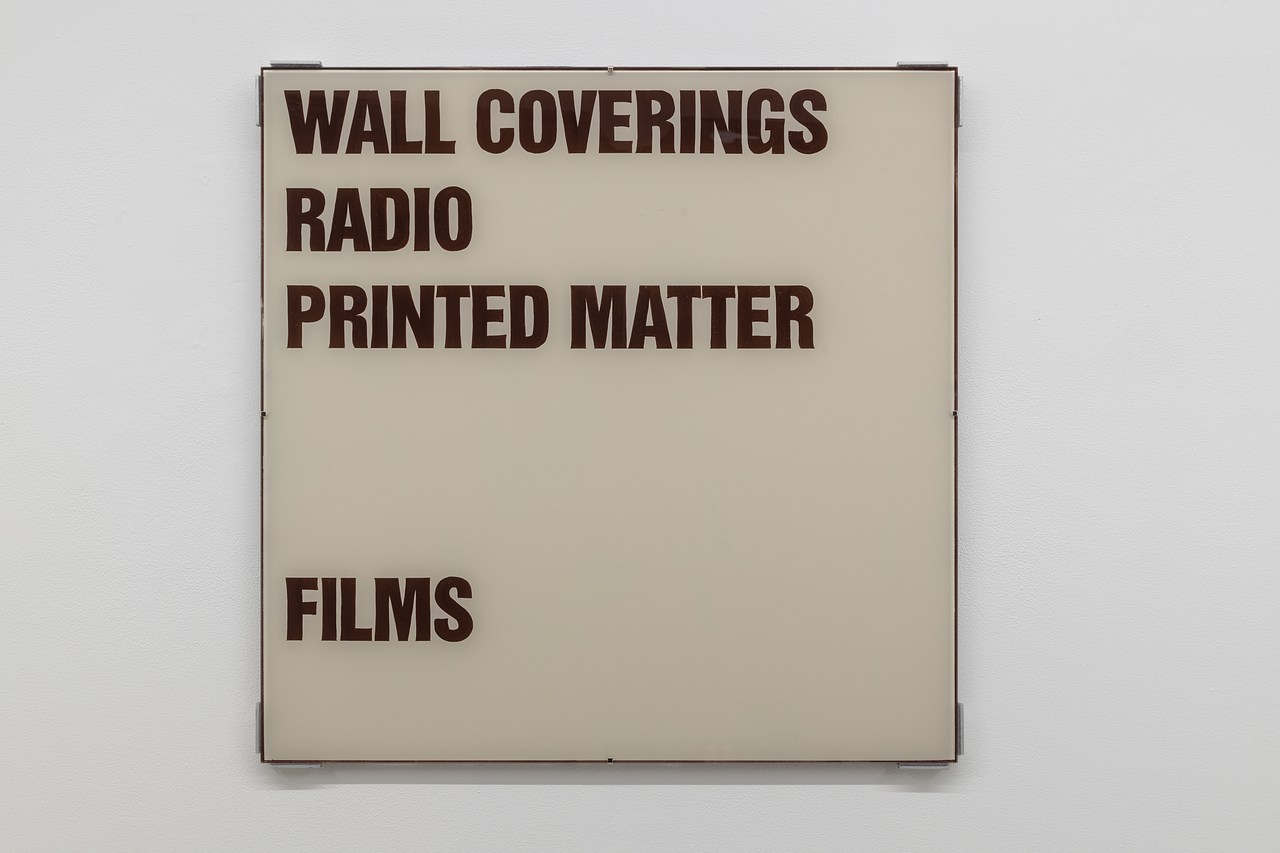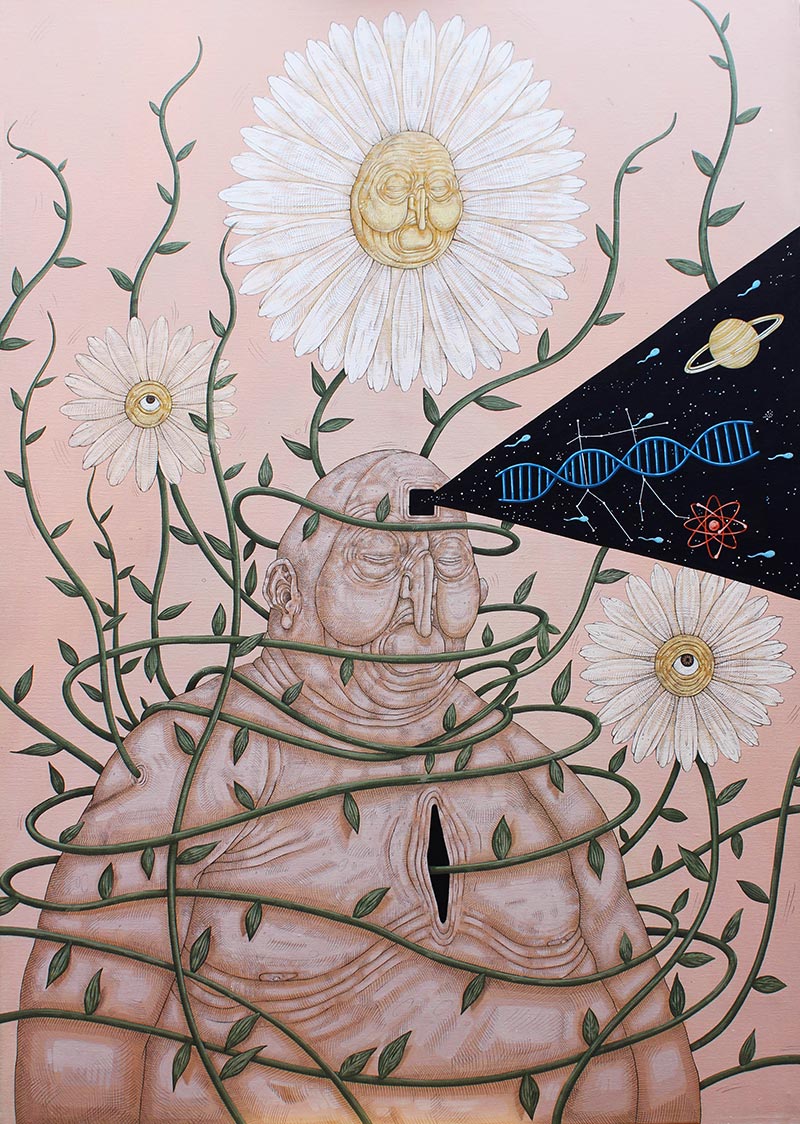22022021, Yawnghwe Office in Exile
2021 - Sculpture (Sculpture)
95.89 x 73.66 cm
Sawangwongse Yawnghwe
22022021, Yawnghwe Office in Exile by Sawangwongse Yawnghwe belongs to a body of work made in response to the Myanmar military coup that began in February 2021. The work employs traditional Burmese textiles, which have been employed by protesters harnessing the power of old Myanmar lore. It is said that women’s bodies and the garments that cover them sap men of their power. In protests of the military coup, activists have embraced this superstition and hung women’s undergarments and longyis (long skirts) on clotheslines across streets to deter soldiers from entering protest zones. Many soldiers, unwilling to harm their chances on the frontlines, refuse to pass underneath the colorful fabrics. By including these textiles, the artist is not only indexing the protest events, but referencing the nature of oppression, and the role fear plays in power struggles. The work is a cultural tableau, bearing witness to the continuing military suppression of the democracy movement. Through this work, Yawnghwe also emphasizes his position as a Burmese artist and activist living in Europe, one who has the ability to make visible the ongoing struggle of Burma’s people to a broader network through his practice.
Sawangwongse Yawnghwe comes from the Yawnghwe royal family of Shan. His grandfather, Sao Shwe Thaik, was the first president of the Union of Burma (1948–1962) after the country gained independence from Britain in 1948. Shwe Thaik died in prison following the 1962 military coup by General Ne Win. Afterward, Yawnghwe’s family was driven into exile in Thailand, then later escaping to Canada, where Yawnghwe grew up. Yawnghwe’s painting and installation practice engages politics with reference to his family history as well as current and historical events in his country. Family photographs provide the basis for a pictorial language through which the artist calls attention to events in Myanmar, suggesting that existing archives cannot reveal a nation’s entire truth. In addition, Yawnghwe’s map works chart the conflicts between opioids, revolutionary armies, minority ethnicities, mining and gas pipelines, the armament of generals, as well as state genocide against its minorities. Yawnghwe’s work intends to bring discernible order to a complex political situation.
Colors:
Related works sharing similar palette

© » ARTSY
Diana Al-Hadid’s Monumental, Spiky Bronzes Examine Feminine Strength and Fragility | Artsy Skip to Main Content Advertisement Art Diana Al-Hadid’s Monumental, Spiky Bronzes Examine Feminine Strength and Fragility Rawaa Talass Nov 16, 2023 5:13PM Diana Al-Hadid The Bride in the Large Glass , 2023 Kasmin Price on request Portrait of Diana Al-Hadid by Diego Flores...

© » ARTS EQUATOR
Podcast: Singapore Theatre Festival 2018 | ArtsEquator Thinking and Talking about Arts and Culture in Southeast Asia ArtsEquator Viewpoints August 2, 2018 Duration: 48 min Matt Lyon and Naeem Kapadia are back on ArtsEquator’s theatre podcast, and with a bang: nearly an hour’s worth of discussion on the Singapore Theatre Festival 2018 which just ended on 22 July...
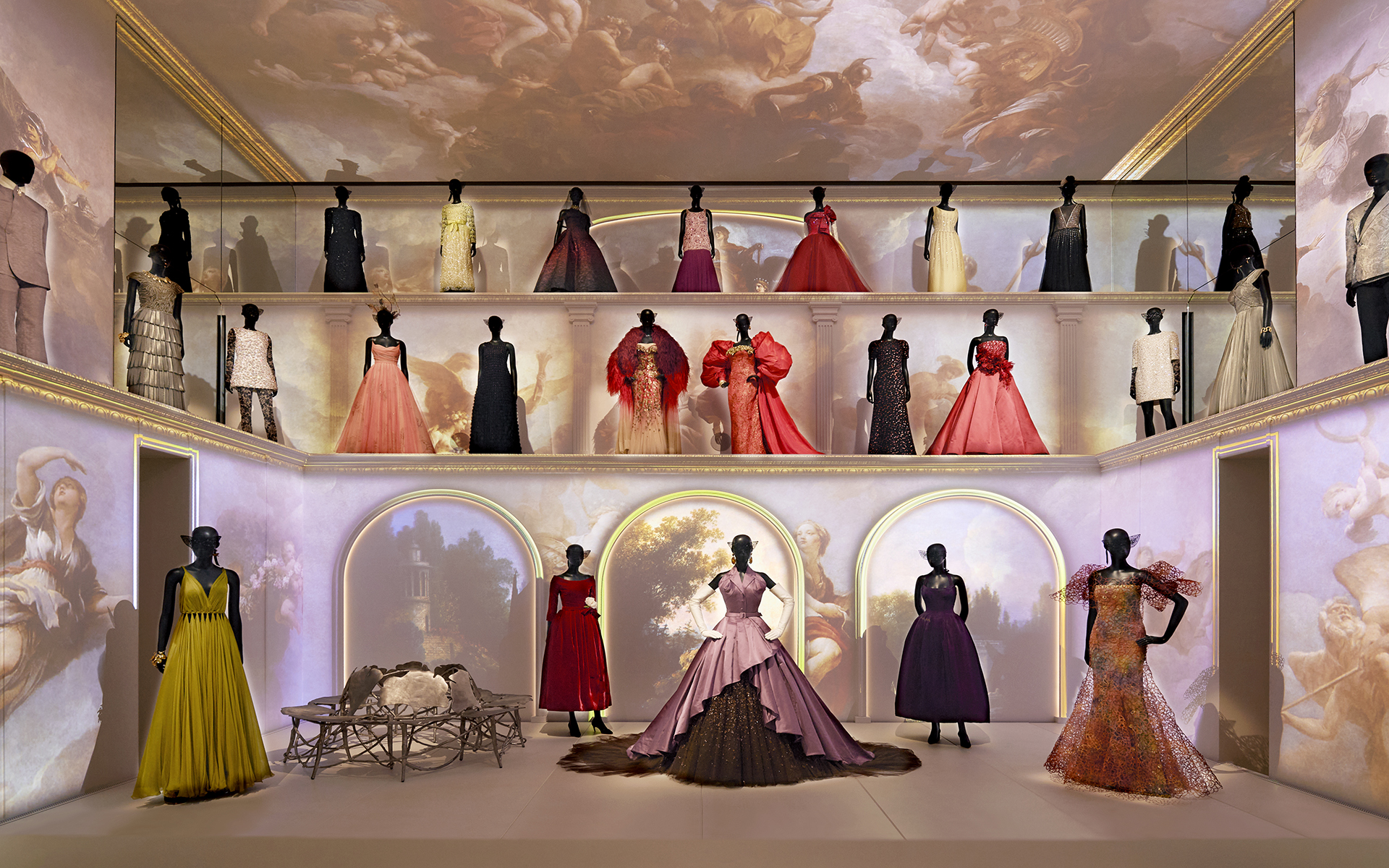
© » GALERIE MAGAZINE
La Galerie Dior Unveils Spellbinding Exhibition Spotlighting Women Artists - Galerie Subscribe Art + Culture Interiors Style + Design Emerging Artists Discoveries Artist Guide More Creative Minds Life Imitates Art Real estate Events Video Galerie House of Art and Design Subscribe About Press Advertising Contact Us Follow Galerie Sign up to receive our newsletter Subscribe La Galerie Dior in Paris has opened a new show spotlighting women artists...

© » ARTS EQUATOR
Weekly Picks: Malaysia (30 July – 5 Aug 2018) | ArtsEquator Thinking and Talking about Arts and Culture in Southeast Asia Weekly To Do July 30, 2018 The New Play Project : Book One, at klpac, 1–5 Aug Four staged readings from a project that focuses on storytelling by four KL writers; Ridhwan Saidi, Adiwijaya Iskandar, Juno Hoay-Fern Ooi and Terence Toh...
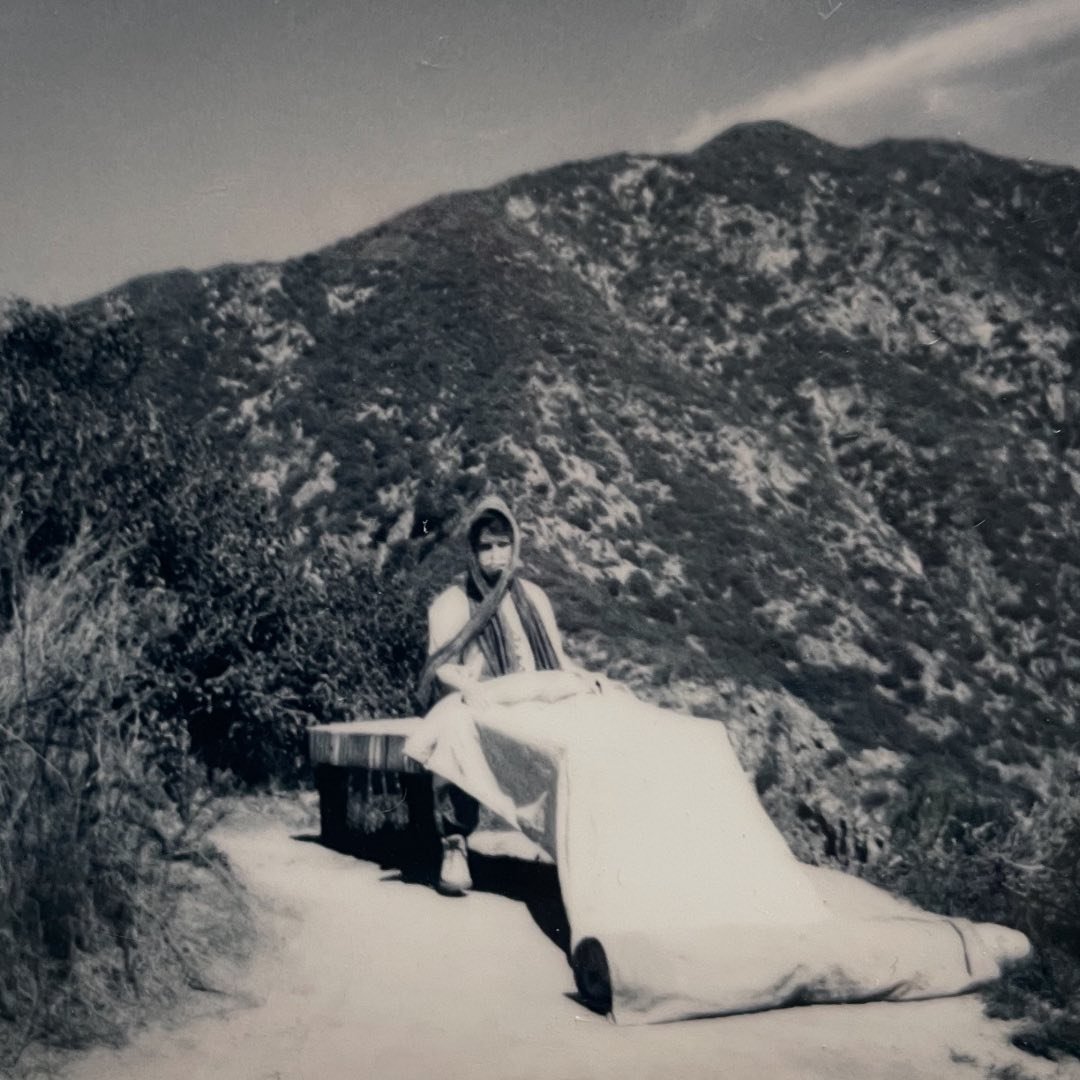
© » ART AND CAKE
Artists reflect on Success – Art and Cake July 4, 2023 July 4, 2023 Author Artists reflect on Success Amanda Maciel Antunes POLAROID Mount Wilson I’VE GOT TO TELL YOU SOMETHING self portrait I define success by the ability to contribute to the visualization of the invisible, to communicate the incommunicable and define the elusive...

© » KADIST
Jonas Bendiksen
2021For his project Book of Veles artist Jonas Bendiksen travelled to the small city of Veles in North Macedonia, inspired by a series of press reports starting in 2016, that revealed Veles as a major source of the fake news stories flooding Facebook and other social media sites celebrating Donald Trump and denigrating Hillary Clinton...




